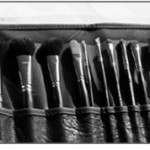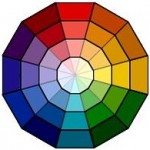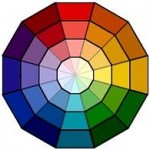I remember when I was in my 20’s and 30’s all I could think about was how to look older. It seemed that my friends and colleagues who looked older were taken more seriously… especially at work. If this is a challenge for you I would suggest the following:
Wear darker colours – Darker colours come across more mature and authoritative. By wearing them you might not look older but you will come across more experienced and will look like you know what you are talking about.
Wear make-up tastefully – For those of us women who look young, we tend to look even younger when we don’t wear make-up. Make-up will not only make you look older, but is the finishing touch in the wardrobe package. When worn tastefully, it draws attention to your face and will increase your look of authority.
Tame the mane – Big hair or long distracting hair will make you look less mature, less serious and less polished. To focus attention on your abilities rather than your hair, keep it neat and away from your face. This can be done by cutting or tying it back.
Don’t be a walking bill-board – Although we do want our clothing and accessories to appear up-to-date and current at work; we don’t want to be a walking bill-board for all of the latest in fashion styles and accessories. When choosing accessories for the workplace… less is better – less quantity; fewer details and smaller scale.







